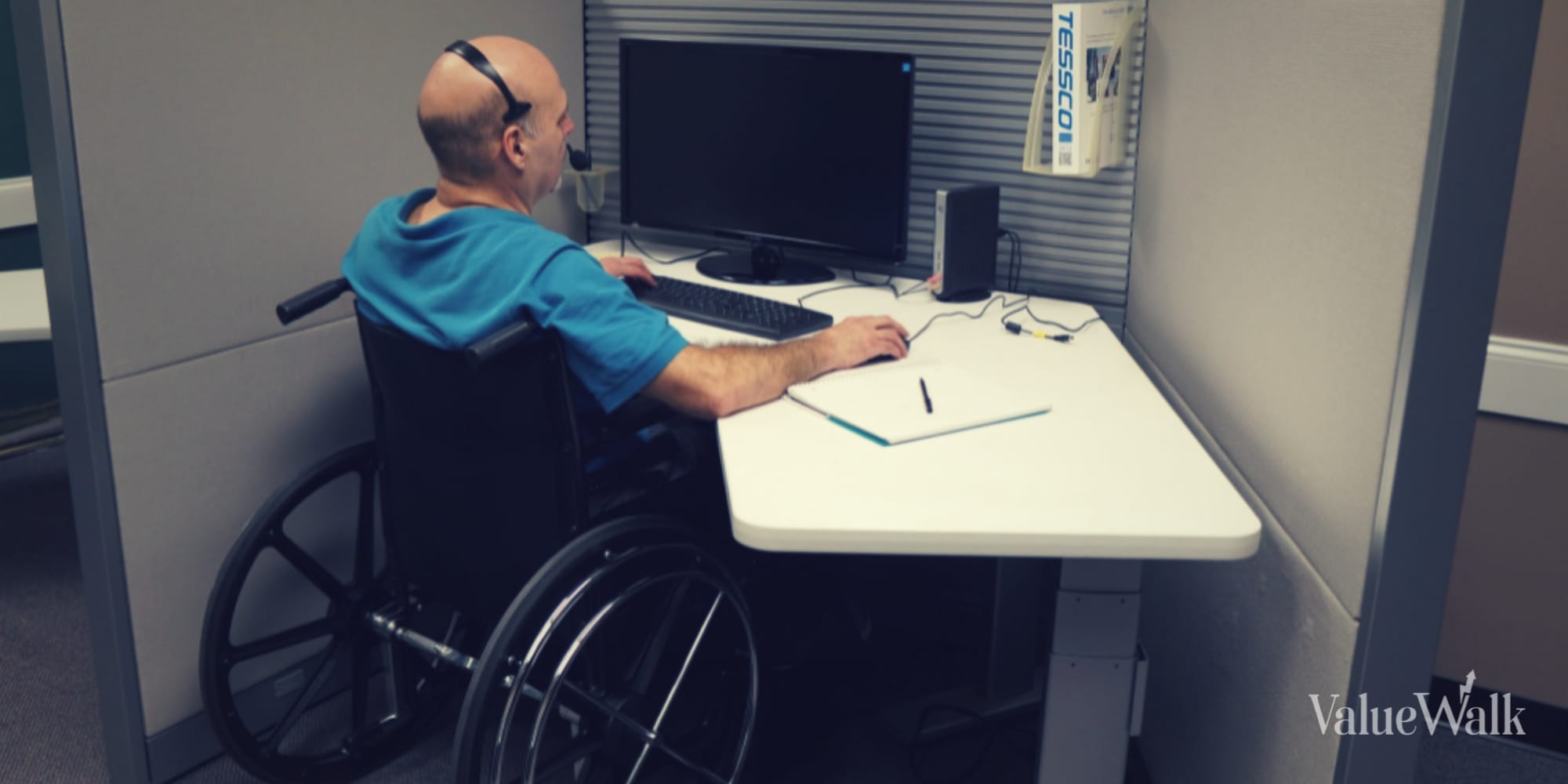You need to meet a number of criteria set by the Social Security Administration (SSA) to receive Social Security Disability Insurance (SSDI) benefits. One of those criteria is the money you make. This means that you can only make up to a certain limit to qualify for disability benefits. So, the number of hours you work doesn’t matter much when it comes to disability benefits. However, there are a few scenarios when the SSA looks at the number of hours worked to determine your eligibility for SSDI. This article will discuss how many hours you can work on disability.
What SSDI is and how to qualify for it
The SSDI is a federal insurance program funded by the Social Security taxes you pay out of your income. It offers monthly benefits to individuals who are unable to work because of a medical or mental condition that has lasted for at least 12 months.
You need to meet three conditions to qualify for Social Security Disability Insurance benefits:
- You must have a disability that meets the SSA’s criteria.
- The disability must have prevented you from working for at least a year.
- You must have worked long enough – whether at a job or self-employment – to pay sufficient Social Security taxes to qualify for SSDI benefits.
How many hours you can work on disability
The amount of your disability benefits depends on several factors, the most important being your earnings record. This means the higher your earnings were, the more you will receive in SSDI benefits. However, if you continue to work, you must not earn more than the set limit. If you do, you may be deemed ineligible to receive disability benefits.
Basically, an applicant needs to prove their inability to engage in substantial gainful activity (SGA) to get SSI or SSDI benefits. If a person is earning more than a certain stipulated amount, they are considered to be engaging in substantial gainful activity. The stipulated amount varies depending on the type of disability a person is suffering from.
It must be noted that the SGA amount is higher for statutorily blind individuals, while it is lower for non-blind applicants. SGA amounts change annually based on the national average wage index. For instance, the SGA amount for statutorily blind individuals was $2,260 per month in 2022, while it is $2,460 in 2023.
The SSA won’t see you fit for disability benefits from the month you earn more than the SGA limit. In such a case, you will get benefits for that month and two upcoming months. The two months you get benefits are called the grace period because the benefits stop after that.
Most social programs use your primary and other income sources to determine your eligibility. However, the SSA only considers your earnings – as an employee, contractor, or self-employed worker – to determine your SSDI qualification. So, you can maximize your other income, such as from stock market investments, without worrying about your SSDI qualification.
When do the number of hours you can work on disability matter?
After reading the above, it is clear that the number of hours you can work on disability doesn’t impact your disability benefits; rather how much you earn per month determines whether or not you qualify for benefits.
However, working for too many hours may impact your eligibility. For example, suppose the number of hours you work is close to a full-time job, but you still earn below the SGA limit. In this case, the SSA may note that you are able to work full-time despite the disability and, thus, may disqualify you from the benefits.
Apart from this, there are more scenarios when the number of hours you can work on disability matters. These are, if:
- You are self-employed.
- You are head of a business entity, such as a Limited Liability Company (LLC) or Company.
If you are self-employed, you may put in several hours of work without making any income. In this case, the SSA will take into account your monthly income, as well as the number of hours worked to determine your eligibility for benefits.
If you are self-employed and are on disability benefits, you can work a maximum of 45 hours per month. Also, the SSA will take into account whether or not you are the only one working for your business. In addition to the number of hours, a self-employed person on disability benefits must also meet the SGA limits.
The SSA uses either the Countable Income Test or the Three Tests to determine whether or not a self-employed person earns more than the SGA amount. Of the two, which test the SSA uses depends on the nature of the work, how long a person has been receiving disability benefits and other factors.
Trial work period
Though the objective of SSDI benefits is to help those who are unable to work because of disability, it doesn’t prevent a person with a disability from returning to work. In fact, the SSA offers an incentive in the form of a trial work period (TWP), which allows the beneficiary to collect benefits, as well as have earnings.
The monthly earnings in the trial work period are less than the SGA amount. The trial period is nine months but can be spread out over five years. It must be noted that the trial work period concept doesn’t apply in the case of SSI benefits.





